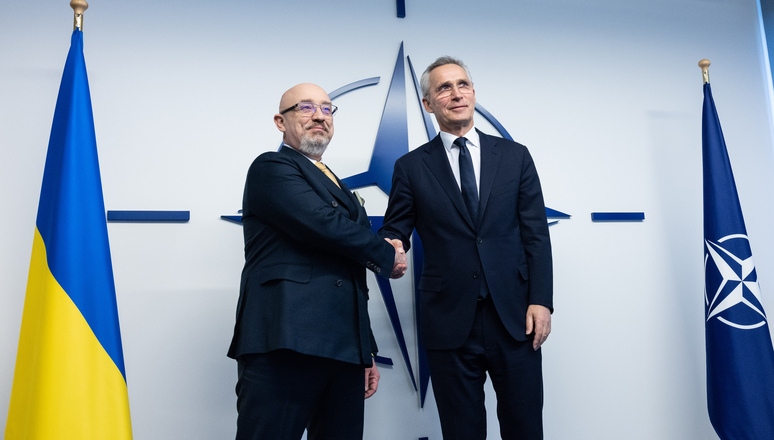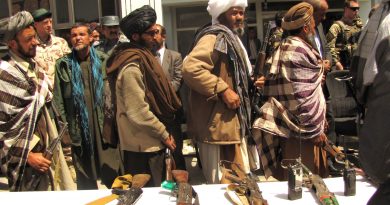FOCUS on NATO: The Origins and Direction of NATO Cooperation
Andrea Hebel
Managing Editor
Signed amid the ashes and devastation of World War II and the looming threat of the Cold War in Europe and North America, the North Atlantic Treaty Organization (NATO) has become one of the most sprawling symbols of international cooperation of the 20th century. Initially a treaty between 10 European nations, the United States, and Canada, NATO has expanded to include much of the traditionally Western World, according to the Council on Foreign Relations. Created with the mindset that “an armed attack against one or more [member states] in Europe or North America shall be considered an attack against them all,” NATO has largely set the framework for international cooperation–and conflict–since its inception, with controversies surrounding its expansion and use shaping much of the international post-Soviet Union alliance system.
New threats to European security and the expansion of new world powers have set a different tone for NATO cooperation since the breakup of the Soviet Union in 1991. However, many of the fears and divisions that led to the creation of NATO in the first place–such as the spread of communism and the ideological differences separating the West from the East–remain. This thread has stayed constant, even as global threats have shifted. This constancy can be seen throughout the breakup of Yugoslavia and the resulting pressures on Balkan states to align with either Russia or the West, explains GIS Reports. It can be seen in the alliances drawn between Russia and the Middle East during and after the War on Terror and related conflicts, the only time NATO’s Article Five has been invoked, according to The Wilson Center. And it can be seen now, as NATO member states grapple with Russia’s invasion of Ukraine and growing relationship with China’s looming international presence.
For a time after the breakup of the Soviet Union, it appeared that European unification might have stretched into Russia and beyond. In 1994, Russia joined The Partnership for Peace, an agreement between NATO and many former Soviet states that called for increased cooperation and better relations. Beyond this, The Guardian reports that at the beginning of Russian President Vladimir Putin’s tenure, he expressed interest in joining NATO. However, repeated threats and aggression by Russia against neighboring sovereign states has deteriorated the country’s relationship with the bloc. These past actions are a far cry from Russia’s current accusations that NATO is directly participating in its current war with Ukraine, according to Reuters. The spread of NATO membership to include more and more post-Soviet states only amplifies this tension.
As the West expands, the East is following in tow. As NATO strengthens its alliances with Russia’s neighbors, Russia is expanding its relationship with China, as The Associated Press reports. This has led to an increased desire by NATO to expand its cooperation within Asian allies, namely Japan and South Korea, coming amid fears that China may mimic Russia’s aggression.
Japan in particular has focused significantly on strengthening its diplomatic ties with NATO in the past month. NATO Secretary-General Jens Stoltenberg visited Tokyo in late January, releasing a statement condemning Chinese aggression against Taiwan, emphasizing the “strong and natural partnership” between NATO and Japan, and calling on China to halt its growing military activity near Japan’s waters, according to The Epoch Times. Japan and Greece have also recently increased their military ties, according to The Associated Press, further demonstrating the ways that NATO influence is spreading along Western ideological lines.
NATO’s expanding influence in the wake of Russian aggression is no surprise, as this aggression shows a clear threat to European sovereignty. But for broader Eastern-Western relations, the ideological and relational gap is only getting wider, with no end in sight.
Image courtesy of NATO


